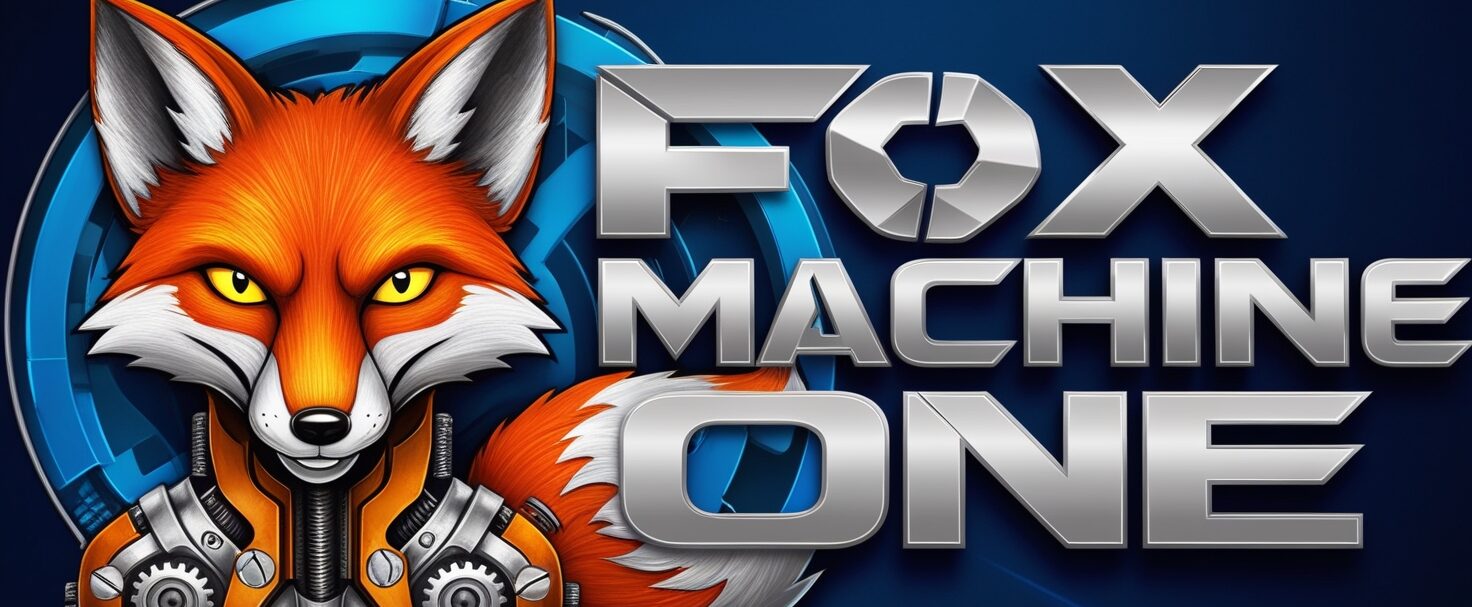Introduction
Overview of Dance as an Art Form: Introduce dance as a form of human expression and entertainment, and its role in storytelling.
Character Analysis in Dance: Explain how dance, much like literature or film, can reveal deep insights into human character and behavior.
Connection Between Dance and Character: Establish how dance allows us to analyze not just the physical movements, but the underlying emotions, motivations, and personalities of the dancers.
- Dance as a Reflection of Character
Physical Movement as a Language: Discuss how dance movements, from posture to footwork, convey emotions and psychological states.
Body Language and Psychological Insight: Analyze how various dance styles like ballet, hip-hop, or contemporary represent distinct character traits or societal roles.
Historical and Cultural Context: Explore how dance forms have evolved in relation to the characters they portray, such as through historical ballets or traditional dances that reflect social hierarchies.
- Dance in Storytelling: Beyond the Movements
Narrative Construction Through Dance: Discuss how choreographed performances convey a story or character arc, similar to how characters develop in plays or films.
Iconic Dance Performances in Film and Theatre: Mention famous dance scenes that reflect deep character analysis, such as the expressive dances in Black Swan or Dirty Dancing.
The Role of the Audience: Explain how viewers interpret a dancer’s movements to form conclusions about the character, just as one would when reading a novel or watching a film.
- Emotional and Psychological Analysis Through Dance
Expressing Conflict and Resolution: Dance can showcase internal conflict and personal transformation, such as in interpretative dance or musicals like West Side Story.
Movement as Therapy: Discuss how dance is used in therapeutic settings to unlock emotional and psychological layers of the self, acting as a reflection of internal character struggles.
Psychological Depth in Choreography: Dive into how choreographers use dance to represent psychological depth and complexity, crafting characters through movement, facial expressions, and gestures.
- The Evolution of Dance and Character Representation
Classical vs. Modern Interpretations: Explore the change in character portrayal from traditional ballet to contemporary forms, highlighting the freedom of expression in modern dance styles.
Cultural Shifts in Dance Representation: Discuss how changes in society have influenced the way characters are portrayed through dance, such as how social movements are reflected in dance forms like hip-hop and breakdancing.
Global Influence: How dance styles from different cultures bring unique character representations to the global stage.
- Dance as a Mirror of Society and Human Nature
Choreography as a Social Commentary: Examine how dance can mirror society’s norms, breaking down stereotypes, and challenging expectations through the portrayal of different characters and themes.
Dance as a Tool for Character Exploration: Explain how different dance genres allow for a more profound analysis of the human condition, drawing from both fictional and real-world characters.
The Universality of Dance: Discuss how dance transcends language barriers, making character analysis accessible to all cultures.
- The Connection Between Dance and Character Evolution
Character Development Through Movement: Show how a dancer’s transformation on stage can parallel the growth of a character in a narrative.
Symbolism in Dance: Analyze how certain movements, props, or costumes represent shifts in character or emotional development.
Impact of Dance on Personal Identity: Investigate how professional dancers, through their art, develop and showcase aspects of their own character, mirroring the journeys of fictional characters.
- Famous Dancers and Their Character Portrayals
Iconic Performers: Highlight famous dancers like Martha Graham, Michael Jackson, or Misty Copeland, exploring how they have used their dance to analyze and portray different facets of character.
Case Study: Ballet vs. Modern Dance: Compare how ballet dancers express character through formalized movements versus the freedom and expression of modern dance.
Character Archetypes in Dance: Discuss how dancers often perform roles that align with archetypal characters, such as the tragic hero or the rebel, and how they interpret these roles through movement.
- The Future of Dance and Character Analysis
The Rise of Technology in Dance: Explore how technology (like motion capture or digital projections) is adding new layers to the analysis of character in dance.
The Evolution of Dance in Pop Culture: How new media platforms (social media, VR performances) change the way dance explores and portrays human character.
Collaborations Between Dance and Other Art Forms: Discuss the future of interdisciplinary collaborations in the arts, where dance, literature, and film come together to offer a deeper understanding of character.
Conclusion
Reflection on Dance as Human Entertainment: Reiterate how the art of dance is one of the most powerful ways to analyze and entertain through the portrayal of human character.
Final Thoughts on the Future of Dance: Offer insights on how dance will continue to evolve as a vehicle for understanding complex characters and emotions.
This structure will ensure your article is informative, engaging, and thorough, offering a detailed exploration of the deep connection between dance and the analysis of character. Let me know if you’d like more detailed guidance on any section!







Leave a Reply